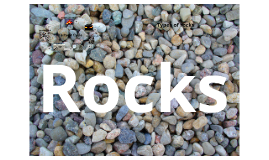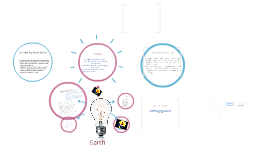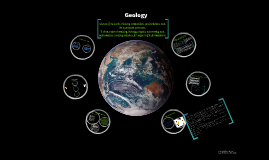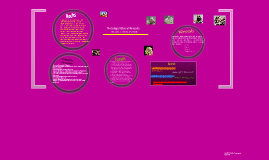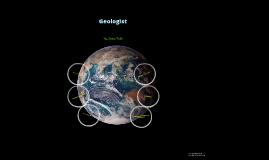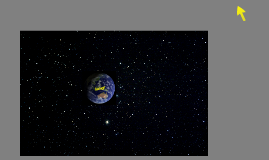geology
Transcript: Weathering - Process which acts at the earth's surface to decompose and breakdown rocks. concerned with understanding the composition of the earth and the physical changes occurring in it, based on the study of rocks, minerals, and sediments, their structures and formations, and their processes of origin and alteration. -The lower mantle extends from 660 down to about 2700 kilometers, a point where seismic waves are affected so strongly that most researchers believe the rocks beneath are chemically different. solid inner core Tertiary plates are grouped with the major plate that they would otherwise be shown as part of on a major plate map. Mostly these are tiny microplates, although in the case of the Nubian-Somalian and Australian-Capricorn-Indian plates these are major plates that are rifting apart. Some models identify more minor plates within current orogens like the Apulian, Explorer, Gorda, and Philippine Mobile Belt plates. The remainder of the tertiary plates are the dwindling remains of much larger ancient plates. There may or may not be scientific consensus as to whether a tertiary plate is a separate plate yet, is still a separate plate, or should be considered a separate plate, thus new research could change this list. In early stages of Earth's formation about 4.5 billion (4.5×109) years ago, melting would have caused denser substances to sink toward the center in a process called planetary differentiation (the process of separating out different constituents of a planetary body as a consequence of their physical or chemical behavior, where the body develops into compositionally distinct layers; the denser materials of a planet sink to the center, while less dense materials rise to the surface. Such a process tends to create a core and mantle), while less-dense materials would have migrated to the crust. The core is thus believed to largely be composed of iron (80%), along with nickel and one or more light elements, whereas other dense elements, such as lead and uranium, either are too rare to be significant or tend to bind to lighter elements and thus remain in the crust. Some have argued that the inner core may be in the form of a single iron crystal. Sedimentary Rocks - the igneous rocks which make up the majority of the crust are covered by a thin veneer of loose sediment, and the rock which is made as layers of this debris get compacted and cemented together. Types of Weathering Mechanical or Physical - the breakdown of rock material into smaller and smaller pieces with no change in the chemical composition of the weathered material.Chemical - the breakdown of rocks by chemical agents. Obviously the chief chemical agent is water which carries dissociated carbonic acid. photo credit Nasa / Goddard Space Flight Center / Reto Stöckli Crust Tertiary plates Geology Rock cycles is formed over long periods of time as tiny grains of material are pressed against each other and join loosely. The process by which sedimentary rocks are formed is delicate enough that fossils can be preserved within them. Common examples includesandstone, chalk, and limestone. Igneous rock forms when magma cools and makes crystals. Magma is a hot liquid made of melted minerals. The minerals can form crystals when they cool. Igneous rock can form underground, where the magma cools slowly. Or, igneous rock can form above ground, where the magma cools quickly. When it pours out on Earth's surface, magma is called lava. Yes, the same liquid rock matter that you see coming out of volcanoes. On Earth's surface, wind and water can break rock into pieces. They can also carry rock pieces to another place. Usually, the rock pieces, called sediments, drop from the wind or water to make a layer. The layer can be buried under other layers of sediments. After a long time the sediments can be cemented together to make sedimentary rock. In this way, igneous rock can become sedimentary rock. All rock can be heated. But where does the heat come from? Inside Earth there is heat from pressure. There is heat from friction. There is also heat from radioactive decay. So, what does the heat do to the rock? It bakes the rock. Baked rock does not melt, but it does change. It forms crystals. If it has crystals already, it forms larger crystals. Because this rock changes, it is called metamorphic. Metamorphosis can occur in rock when they are heated to 300 to 700 degrees Celsius. When Earth's tectonic plates move around, they produce heat. When they collide, they build mountains and metamorphose the rock. The rock cycle continues. Mountains made of metamorphic rocks can be broken up and washed away by streams. New sediments from these mountains can make new sedimentary rock. The rock cycle never stops. Tectonic plates Types and cycles of rock -oceanic crust is 5 km (3 mi) to 10 km (6 mi) thick[3] and is composed primarily of basalt, diabase, and gabbro. Liquid outer core types -The upper mantle extends from the base of the crust down to 660






